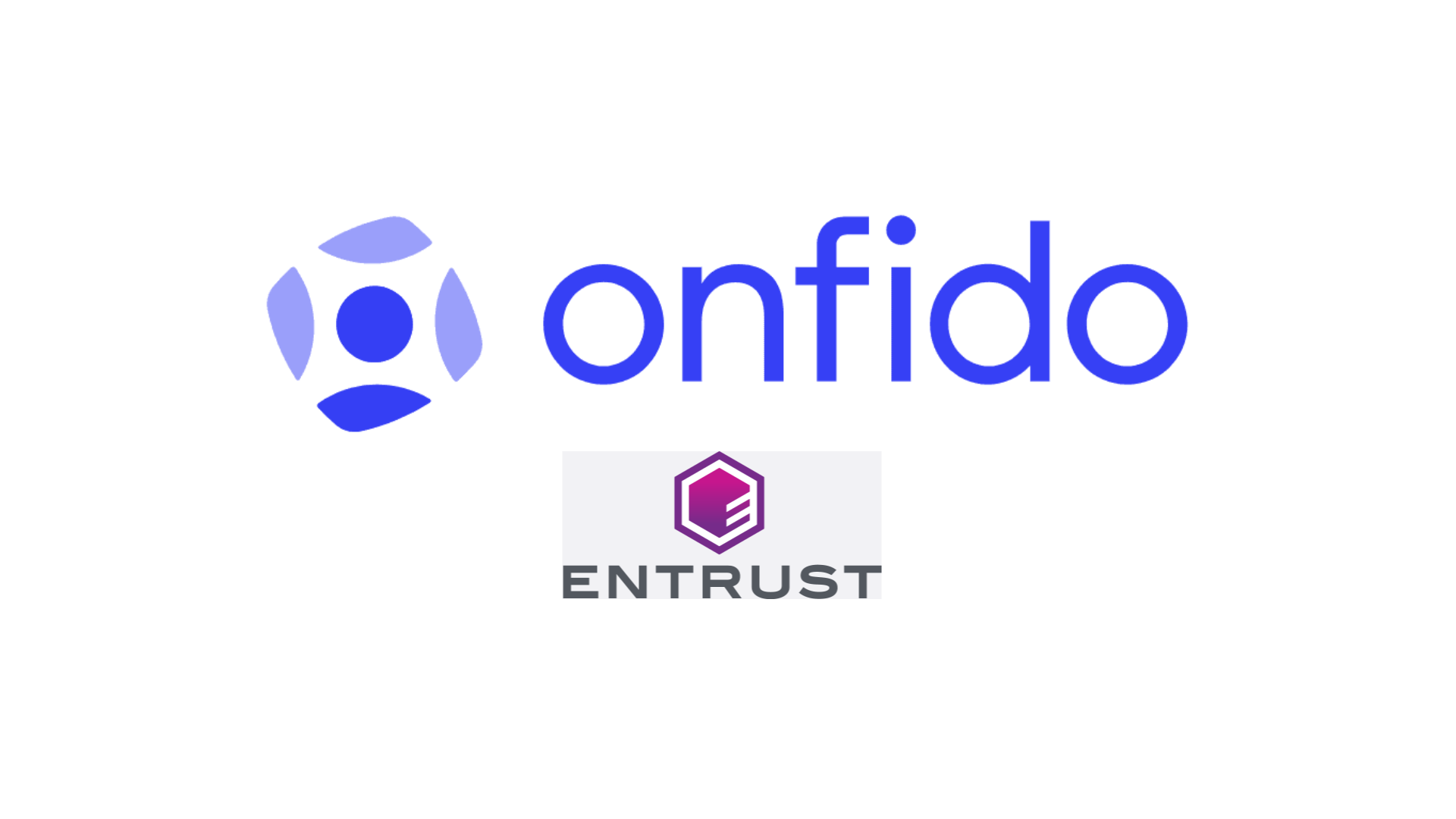
Creating product documentation might not be the most glamorous part of building software, but it’s easily one of the most important. Good documentation saves time, reduces confusion, and improves how teams work together. It also helps customers understand and use your product without endless back-and-forth. Yet, many teams struggle to produce clear, useful documentation that actually gets read.
This guide breaks down how to create product documentation that works—straightforward, practical advice to help tech teams write better content that serves everyone involved.
Why Clear Documentation Makes a Difference
Imagine you’ve built a solid new feature. The developers understand how it works, but the rest of the company? Support, sales, and especially customers, often get left behind. If documentation is vague or too technical, questions pile up. Support tickets increase, onboarding slows down, and frustration grows. Clear documentation acts as a bridge, making sure everyone has the information they need without confusion or delay.
It’s not just about writing instructions. It’s about sharing knowledge in a way that anyone can follow—even if they’re new to the product or to technical jargon.
Knowing Your Audience Inside Out
Before typing the first word, ask yourself: who am I writing for? Product documentation serves many groups, and one size won’t fit all.
- Developers and engineers often want detailed API references, error codes, or integration steps.
- Customer support teams need quick access to troubleshooting guides and common fixes.
- End users or clients look for clear how-to guides and explanations of features.
Understanding these different needs helps you choose what content to prioritize and how to phrase it. For example, end users don’t want to read through technical specs—they want clear steps with examples. Developers might want exact parameter names and error message details.
Tailoring your tone and detail level to the audience will make your documentation more useful and less likely to be ignored.
Organizing Content for Easy Access
Even the clearest documentation fails if users can’t find what they need quickly. The way you organize your content can make or break the user experience.
Start by grouping related information into clear sections: introduction, setup, usage, troubleshooting, FAQs. Use consistent headings so readers can scan and jump directly to relevant parts.
A well-designed table of contents or sidebar navigation helps too. If you’re building a digital portal, make sure search functionality works well. Consider adding cross-links between topics to connect related information without redundancy.
Good structure means less time searching, fewer questions, and faster problem solving.
Writing with Clarity and Precision
Once you know who you’re writing for and how the content is structured, focus on how you put your words together.
Use simple language. Avoid jargon unless it’s necessary and explained. Short sentences and bullet points improve readability. Where possible, provide examples, screenshots, or diagrams to clarify complex ideas.
Avoid ambiguity. Instead of “set up your API,” say “log in to your dashboard, select ‘API keys’ from the menu, then click ‘Create new key.’” Precise instructions prevent misunderstandings.
Make your tone friendly but professional. A conversational style helps keep readers engaged but maintain authority to build trust.
Keeping Documentation Up to Date
The tech world moves fast. Features change, APIs get updated, and old methods get deprecated. If your documentation isn’t updated regularly, it quickly becomes a liability instead of an asset.
Establish a process to review and revise documentation whenever there’s a new release or change. Assign ownership to specific team members so updates don’t slip through the cracks.
Consider using version control tools or platforms designed for documentation. These allow you to track changes, roll back when needed, and keep everything organized.
When teams and customers rely on your documentation, its accuracy directly impacts their success and satisfaction.
In fact, many companies require users to onfido login to access the latest updates and detailed resources in a centralized documentation portal, ensuring only current, verified content is available.
Conclusion: Documentation as a Team Effort
Product documentation isn’t just a technical chore—it’s part of delivering a better product experience. When done right, it empowers your entire organization and your users.
Building clear and effective documentation takes planning, empathy, and ongoing care. Know your audience, organize logically, write clearly, and keep everything fresh. In return, you’ll reduce support load, speed onboarding, and help your product shine.
Good documentation speaks for itself—making your product easier to use and your team more efficient. And that’s a win everyone can get behind.









Comments (0)